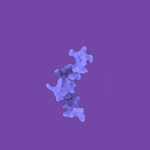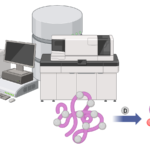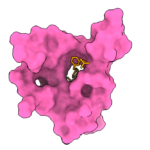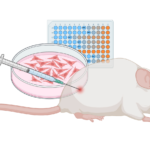Technology

Structural biology has served as a foundation for drug discovery, including the invention of tools to unravel protein structure(s) that were pivotal in enabling the development of drugs capable of modulating protein function. Yet most disease-causing IDPs are not amenable to structure-based drug discovery due to their shape-shifting behaviour and a lack of defined 3D structures.
Despite both the abundance and biological importance of IDPs, current technologies are built for structured proteins: Current structural biology techniques, like X-ray crystallography, cryo-EM, and NMR, are ill-equipped to elucidate the structure(s) of IDPs. Current predictive approaches are trained on well-folded proteins, rendering them incapable of accurately predicting the dynamic structure(s) of IDPs. This has made IDPs a challenging category of proteins to study and develop drugs for—until now.
Unique
Mass
Spectrometry

In collaboration with academic and industry partners, Peptone has developed a one in its kind of mass spectrometry system capable of automatically probing “invisible” binding sites in disordered proteins of any size and complexity.
GPU-Accelerated
IDP Modelling

Peptone’s hardware utilizes proprietary NVIDIA GPU-accelerated software suites, D-TRON and PEP-TRON, which enable fully automatic terabyte-scale data processing, spectral annotation, and 3D ensemble generation.
Generative AI
Molecule Design

Learn more about our experimental-data-driven approach to the design of novel and potent small molecules for IDPs.
Translational
Science

Our 8000-square-foot Biosafety Level 2 laboratory in Bellinzona, Switzerland, conducts end-to-end target expression, characterisation, assay development and biological efficacy testing.